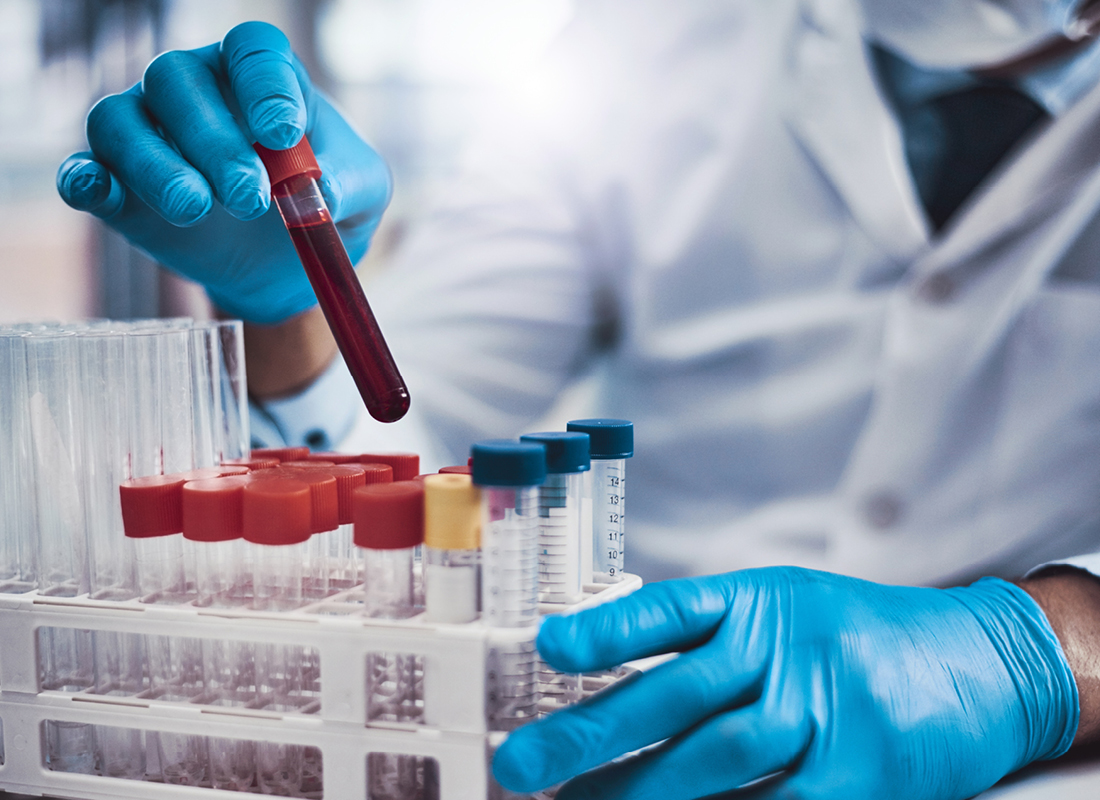Reference Pricing Cuts Prices for Lab Tests by One-Third
From - Diagnostic Testing & Emerging Technologies Reference pricing is associated with nearly a one-third reduction in the average price paid for 285 different types of tests, according to a… . . . read more

Subscribe to Clinical Diagnostics Insider to view
Start a Free Trial for immediate access to this article